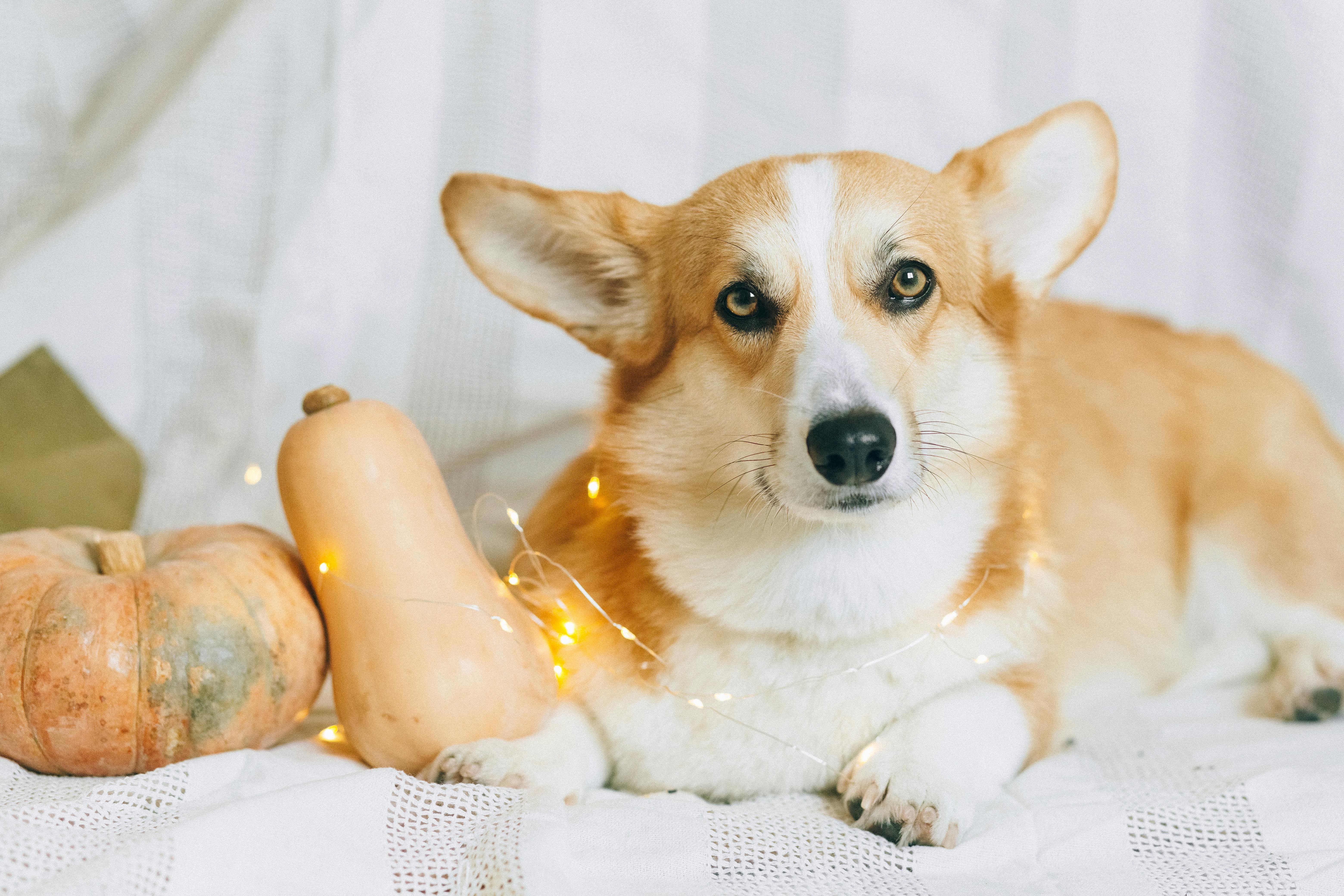french bulldog
Experts have debated, and continue to debate, the origins of this breed. A small English Bulldog, perhaps as small as a toy, may be one of the ancestors, but there were probably several different breeds in France that interbred with Bulldogs in the late 19th century.
One of the distinguishing features of the current breed is the upright bat ears; The first American breeders can establish themselves crediting this characteristic. European dogs of this period had the rose ears of English Bulldogs.
The French Bulldog stands 10 to 12 inches tall and generally weighs between 16 and 28 pounds. The head is large and square, with a domed forehead.
The muzzle is very short. The eyes are large and dark; bat ears are large and upright. The body is muscular and heavy boned. The tail is straight screwed on. The French Bulldog’s coat is short and smooth; many colors are acceptable, but brindle and white or brindle and fawn are most common.
The coat of this breed should be brushed twice a week. Wrinkles on the face must be cleaned daily. Frenchies are relatively low activity dogs, although they do like to play and enjoy long walks. However, their short snouts make them prone to breathing difficulties, so exercises during hot, humid weather should be avoided.
Training must start early. Although Frenchies are companion dogs, they can also have their own ideas. The French Bull Dog Club of America says, “Although cute and cuddly, a French Bulldog has a big personality and needs the right amount of training to make him a civilized companion.” Training at home can sometimes be a challenge.
This breed is an excellent companion for a sedentary person who spends a lot of time at home. Although this breed can be good with children, they prefer adults to active children. Unfortunately, as a brachycephalic (short-nosed) dwarf breed, French Bulldogs do have some health issues, including breathing problems, back disorders, and difficulties with anesthesia.
With that said, consider a different breed of dog if you have children in your home. Young children can cause particular conflict with owning this breed due to the fact that young children sometimes tend to be a bit rough around dogs. I can tell you this from my own experience as I am often forced to stop my 3 year old from playing rough.
Registrations: AKC, CKC, UKC
Occupation: Mate
Size: 10 to 12 inches tall; 16 to 28 pounds
Longevity: 12 to 14 years
Exercise: low activity level
Training: Challenge to train at home
Grooming: Easy
